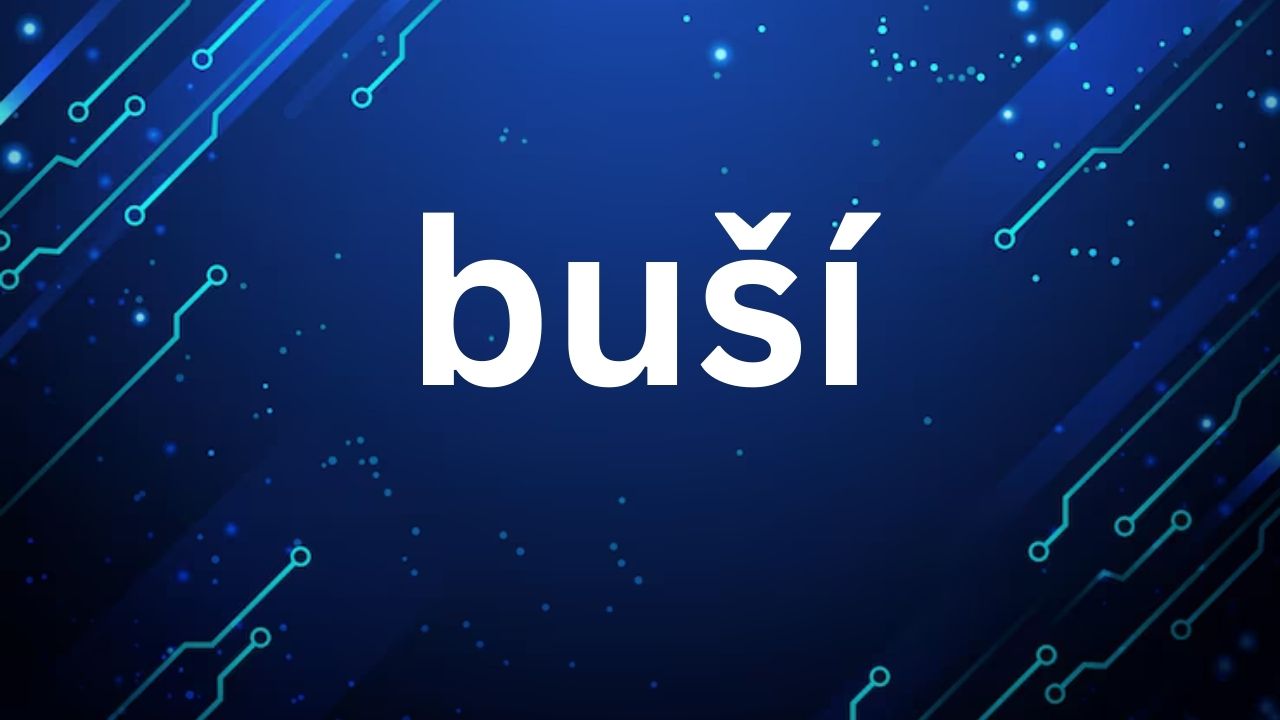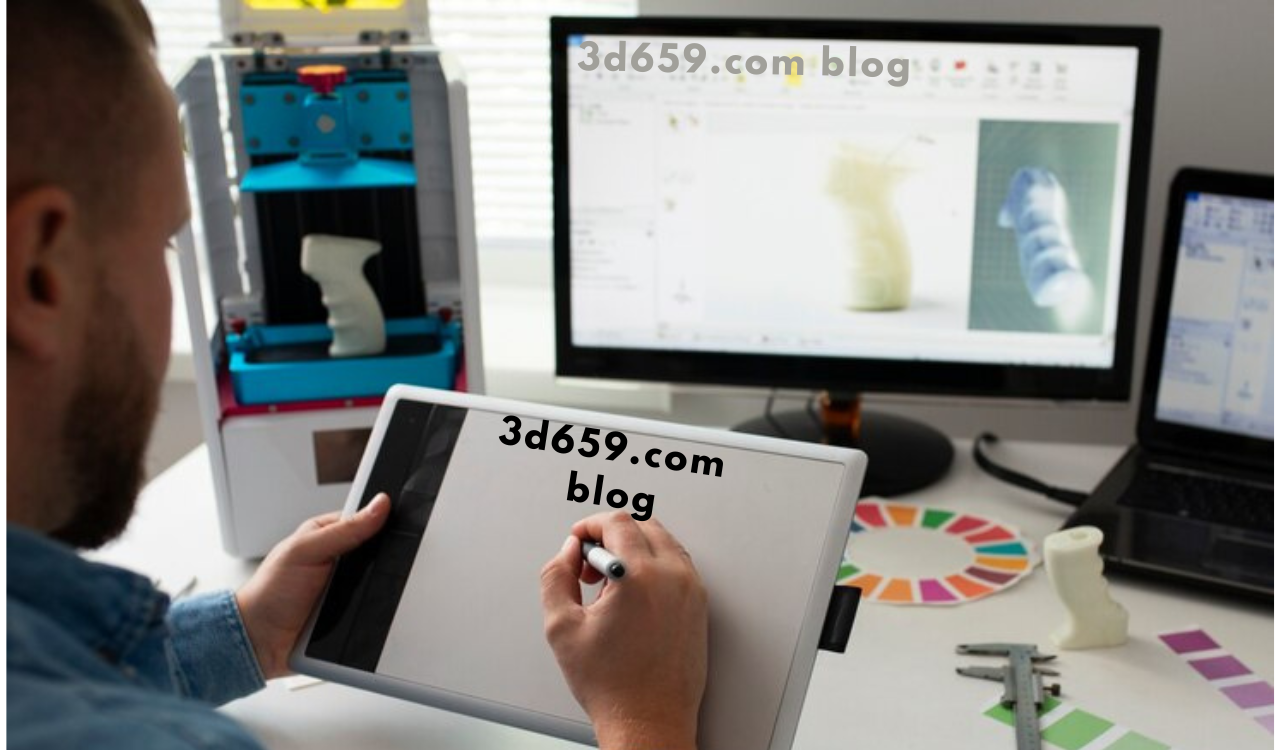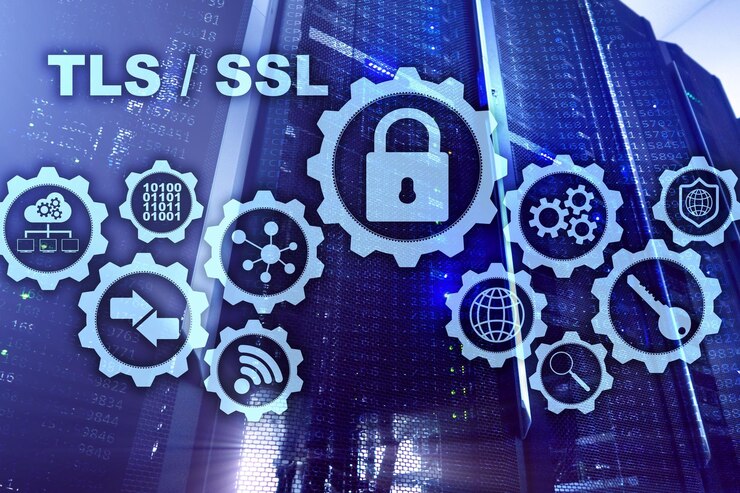In the fast-paced world of technology, new concepts and terminologies are constantly emerging. One such term gaining attention in recent discussions is Buší. While it might be relatively new to the broader public, Buší represents an innovative approach that could significantly impact various industries. This article delves into what Buší is, its potential applications, and why it’s worth keeping an eye on.
What is Buší?
Buší is a term that refers to a novel technological framework designed to enhance the interaction between humans and machines. It leverages advanced algorithms, artificial intelligence (AI), and machine learning (ML) to create systems that can learn from user behavior, adapt to different contexts, and improve over time. The ultimate goal of Buší is to make technology more intuitive, responsive, and efficient, thereby enhancing the user experience across multiple platforms.
Core Features of Buší
- Adaptive Learning: Buší systems are built with adaptive learning capabilities. This means they can analyze user behavior and preferences, adjusting their responses and functionalities to better suit individual needs. Over time, these systems become more personalized and efficient, offering a tailored experience for each user.
- Contextual Awareness: One of the key aspects of Buší is its ability to understand and respond to context. Whether it’s recognizing the environment in which a device is being used or understanding the nuances of a user’s request, Buší aims to provide more relevant and accurate responses based on the situation at hand.
- Interconnectivity: Buší emphasizes the seamless integration of various devices and platforms. It supports the idea of a connected ecosystem where different technologies work together harmoniously, enabling a fluid and cohesive user experience across multiple devices.
- Enhanced User Interaction: By combining natural language processing (NLP), gesture recognition, and other advanced interaction techniques, Buší aims to make technology more intuitive and accessible. Users can interact with Buší-enabled systems in a more natural and human-like manner.
Applications of Buší
Buší has the potential to revolutionize various sectors by introducing more adaptive and context-aware technologies. Here are some areas where Buší could make a significant impact:
1. Smart Home Systems
In the realm of smart homes, Buší can create a more integrated and responsive environment. Imagine a home where all devices, from thermostats to lighting systems, learn your daily routines and adjust settings automatically to match your preferences. Buší can enhance the smart home experience by making it more personalized and efficient.
2. Healthcare
In healthcare, Buší can be used to develop systems that monitor patient behavior and adjust treatment plans accordingly. For instance, wearable devices powered by Buší could analyze a patient’s activity levels, sleep patterns, and other health metrics, providing real-time insights and recommendations to both patients and healthcare providers.
3. Customer Service
Buší can transform customer service by enabling more intelligent and responsive virtual assistants. These systems could understand the context of customer inquiries, provide more accurate answers, and even anticipate follow-up questions, leading to a more satisfying customer experience.
4. Education
In education, Buší can be applied to create adaptive learning platforms that adjust to the needs of individual students. By analyzing a student’s progress, these systems can provide personalized learning materials, suggest areas for improvement, and adapt the pace of lessons to match the student’s learning style.
The Future of Buší
As Buší continues to develop, its potential applications and benefits will likely expand. The integration of adaptive learning, contextual awareness, and interconnectivity into everyday technology could lead to more intuitive and efficient systems across various industries.
However, with the introduction of any new technology, challenges will arise. Issues such as data privacy, the need for ethical AI practices, and the cost of implementing Buší systems must be carefully considered. Despite these challenges, the future of Buší looks promising, and it is expected to play a significant role in the ongoing digital transformation.
Conclusion
Buší represents an exciting new frontier in technology, offering the promise of more adaptive, context-aware, and interconnected systems. As it continues to evolve, Buší has the potential to redefine how we interact with technology in our daily lives. For those interested in staying ahead of the curve, keeping an eye on the development of Buší will be essential. Whether it’s in smart homes, healthcare, customer service, or education, Buší is poised to make a lasting impact on the future of technology.











